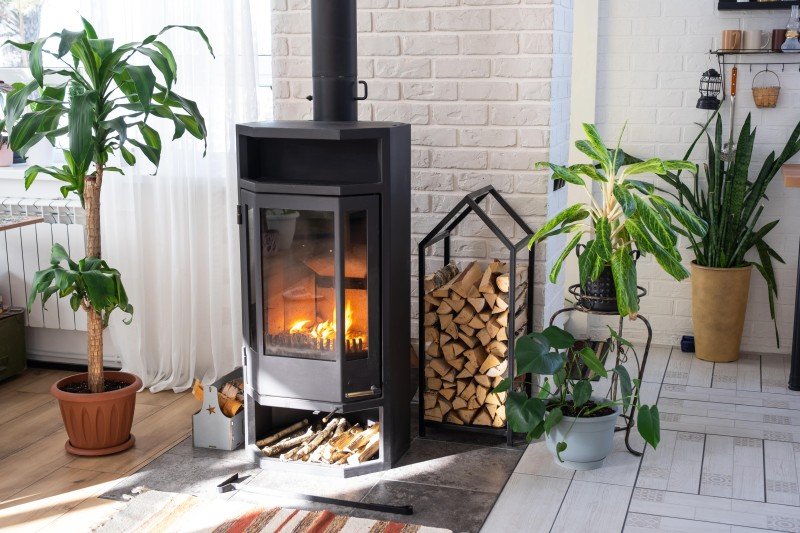As chilly temperature levels method and the vacations appear, the urge to develop a warm and welcoming atmosphere in the home becomes a lot more pressing. One method to accomplish this atmosphere is by adding a fireplace. Whether people are transitioning from summertime to winter or thinking about home renovations, fireplace sales typically turn up as a golden opportunity. Here's an extensive guide that not just illuminates the ins and outs of buying a fireplace during a sale but also clarifies vital elements such as types, installation, expenses, and maintenance.
Fireplaces serve several functions: they supply heat, boost the aesthetic appeal of a home, and often become a central meeting place. In addition, they can add value to the residential or commercial property. With such significant advantages, it is no marvel that lots of homeowners consider buying a fireplace.
When thinking about a fireplace, it's important to recognize the various options offered. Each type has its own benefits, downsides, and particular considerations.
| Type | Description | Pros | Cons |
|---|---|---|---|
| Wood Burning | Traditional systems that burn fire wood. | Authentic experience and warmth. | Requires consistent attention and upkeep. |
| Gas | Utilizes gas or lp to produce a flame. | Easy to use and low maintenance. | Restricted aesthetic compared to wood fires. |
| Electric | Utilizes electricity to produce heat and flame effects. | Safe and does not produce genuine flames. | Less authentic atmosphere; greater electrical power expenses. |
| Ethanol | Burns bio-ethanol fuel without any chimney required. | Eco-friendly and versatile. | Minimal heating capability; higher fuel costs. |
| Pellet Stove | Uses compressed wood or biomass pellets for fuel. | Efficient and clean-burning. | Needs electrical power and special venting. |
When joining in on a fireplace sale, it's crucial to think about different elements that affect your purchase decisions.
During a fireplace sale, possible buyers need to explore different shopping opportunities consisting of:

Gas or wood-burning fireplaces are generally more effective for heating large spaces. Gas models tend to disperse heat more uniformly, making them perfect for larger areas.
Rates can vary extensively based upon the type of fireplace, installation costs, and additional features. Standard designs can begin around ₤ 500, while more sophisticated setups can go beyond ₤ 5,000 or more.
For many kinds of fireplaces, especially gas and wood-burning models, expert setup is suggested to guarantee safety and compliance with regional codes.
Wood-burning fireplaces generally need cleaning before each season, while gas models can be serviced every year. Always seek advice from the maker's guidelines for specifics.
Electric fireplaces can be effective, especially for small to medium-sized spaces. Nevertheless, they may not provide the very same level of heat as traditional wood or gas alternatives.
To maximize a fireplace sale experience, house owners must prepare in advance:
Getting involved in a fireplace sale can be an improving experience for house owners wanting to add heat and visual interest their home. With a myriad of options readily available, it's necessary to carefully think about the numerous types of fireplaces, their functions, costs, and long-term maintenance. By equipping themselves with the best information and preparation, customers can make educated choices that cause enhanced convenience and worth in their homes for years to come. Whether it's a traditional wood-burning unit or a modern electric design, the ideal fireplace can change any living space into a cozy retreat.
No Data Found!

